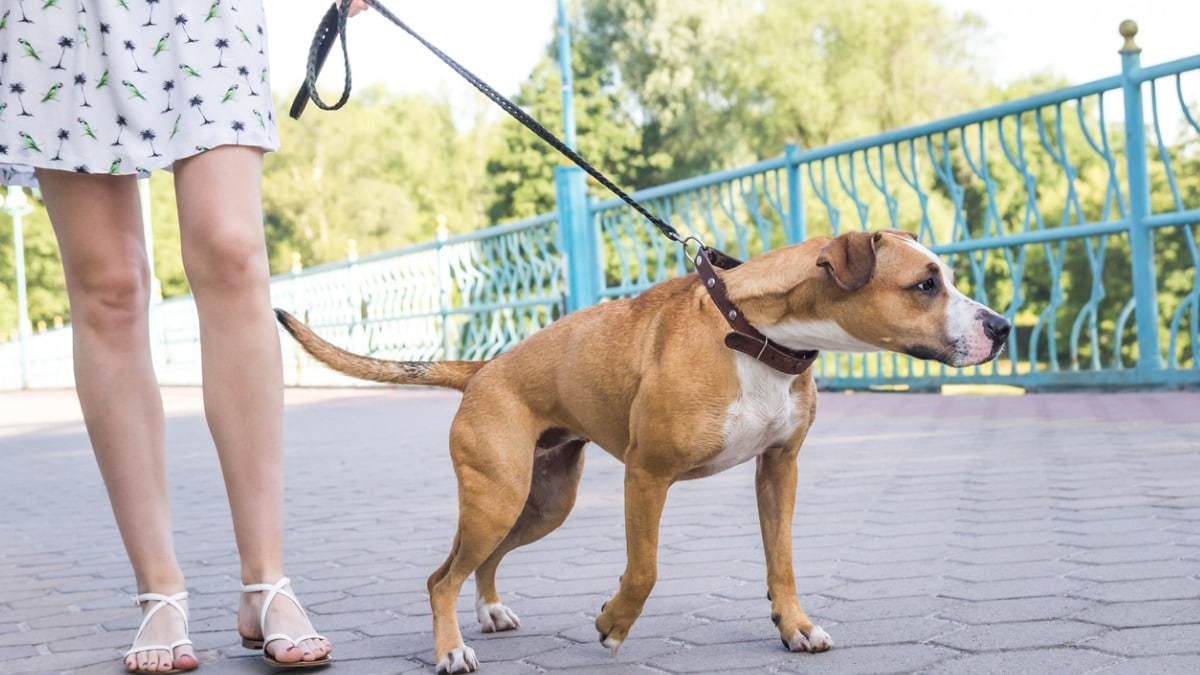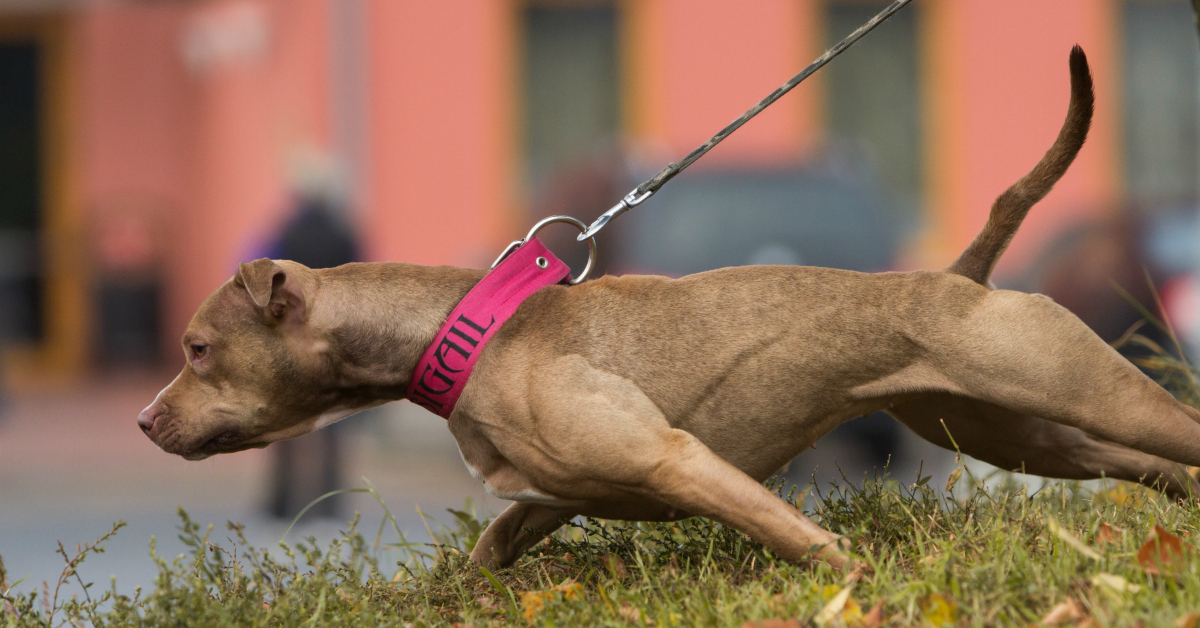Introduction: Establishing a Positive Walking Experience
Walking your dog should be an enjoyable experience for both you and your furry companion. However, if your dog constantly pulls on the leash, it can turn a leisurely stroll into a frustrating ordeal. Mastering the art of training your dog not to pull on the leash is essential for promoting harmony and safety during walks. In this comprehensive guide, we’ll explore effective techniques and strategies to teach your dog to walk beside you in harmony.
Understanding the Root Cause of Pulling
Before diving into training methods, it’s essential to understand why dogs pull on the leash. Common reasons include:
- Excitement: Dogs may pull out of excitement, especially when they encounter other animals or interesting scents.
- Lack of Training: Dogs may not have been properly trained to walk politely on a leash, leading to pulling behavior.
- Desire to Explore: Dogs are naturally curious creatures and may pull to explore their surroundings.
- Reinforcement: If pulling has been inadvertently reinforced through inconsistent training or allowing the dog to lead, it becomes a habitual behavior.
By identifying the underlying cause of pulling, you can tailor your training approach to address specific behavior patterns effectively.
Building a Foundation of Training
Before embarking on leash training, establish a foundation of basic obedience commands such as “sit,” “stay,” and “heel.” These commands provide the framework for leash manners and facilitate communication between you and your dog during walks. Consistency, patience, and positive reinforcement are key principles in building this foundation.

Positive Reinforcement Techniques
Positive reinforcement is a powerful tool for teaching your dog leash manners. Reward desired behaviors, such as walking calmly beside you, with treats, praise, or playtime. By associating walking politely with positive outcomes, your dog learns to repeat the behavior willingly. Remember to be consistent and timely with rewards to reinforce the desired behavior effectively.
Desensitization and Counterconditioning
For dogs prone to pulling due to excitement or reactivity, desensitization and counterconditioning techniques can be invaluable. Gradually expose your dog to stimuli that trigger pulling, such as other dogs or noisy environments, while rewarding calm behavior. Over time, your dog learns to associate these triggers with positive experiences, reducing the urge to pull.
Implementing Loose Leash Walking Exercises
Practice loose leash walking exercises in controlled environments before venturing into distracting or challenging settings. Start in a quiet, familiar area and encourage your dog to walk beside you using treats or a favorite toy as motivation. Use a loose, relaxed grip on the leash and reward your dog for maintaining slack in the leash and walking at your pace.
Consistency and Persistence
Consistency is paramount in leash training. Set aside dedicated time for training sessions and incorporate leash manners into your daily walks. Be patient and persistent, understanding that learning takes time and repetition. Consistently reinforce desired behaviors while gently redirecting and correcting pulling behavior.
Seeking Professional Guidance
If you encounter challenges or feel overwhelmed by leash training, don’t hesitate to seek professional guidance from a certified dog trainer or behaviorist. A professional can assess your dog’s behavior, tailor a training plan to address specific issues, and provide invaluable support and guidance throughout the training process.
Conclusion: Walking in Harmony with Your Dog
Mastering the art of training your dog not to pull on the leash is a rewarding journey that strengthens the bond between you and your canine companion. By understanding the root causes of pulling, implementing positive reinforcement techniques, and practicing consistency and patience, you can teach your dog to walk beside you in harmony. With dedication and perseverance, you’ll enjoy peaceful, enjoyable walks together, free from the frustrations of leash pulling.










